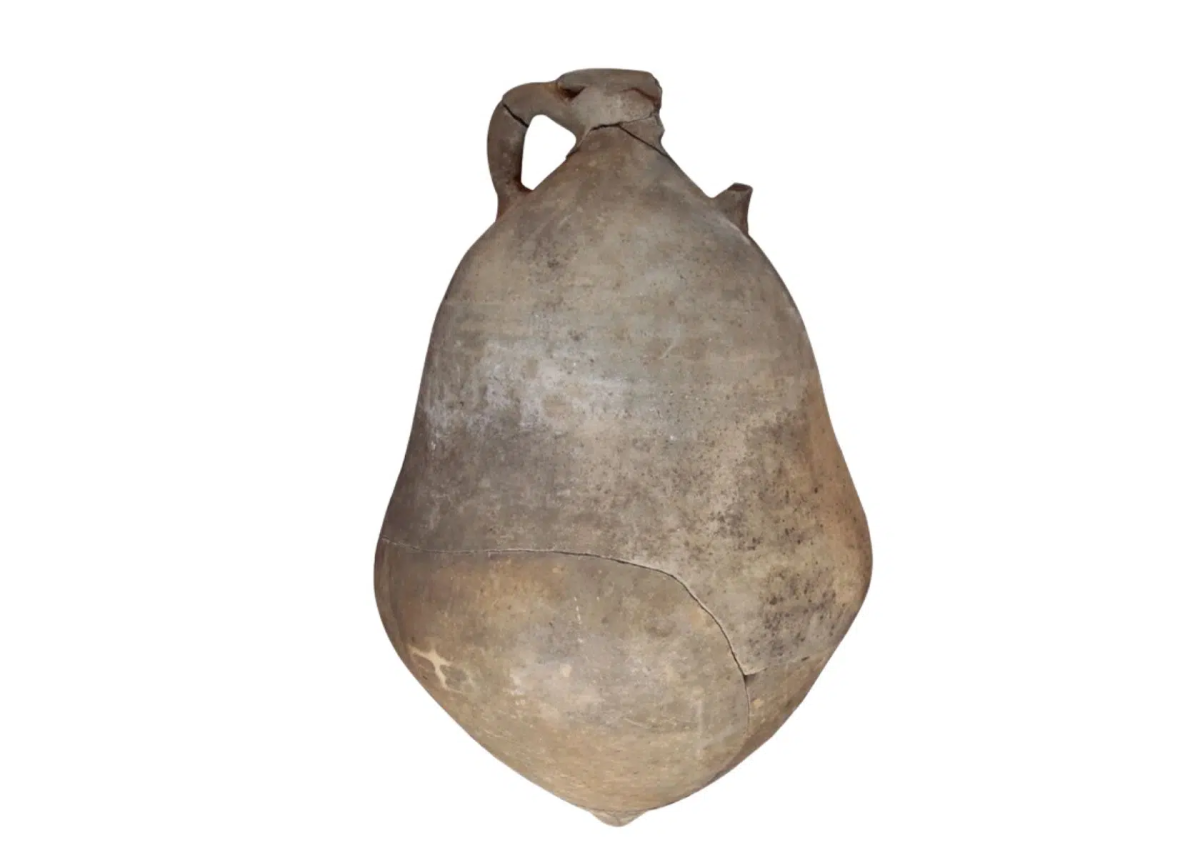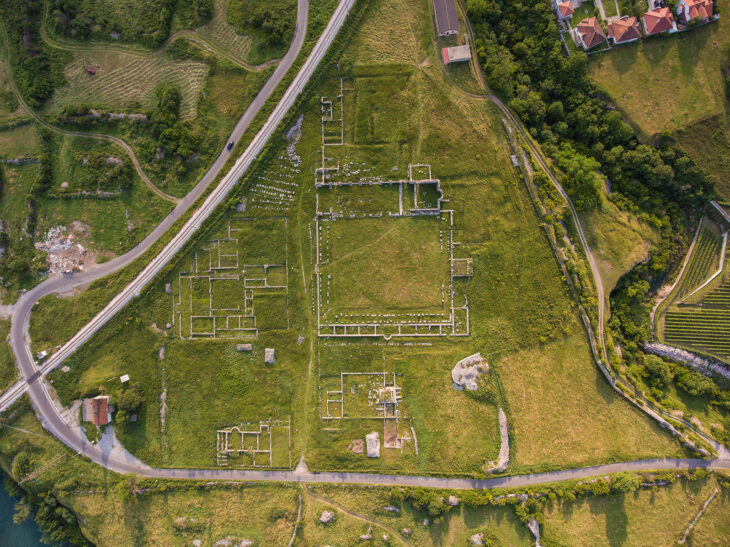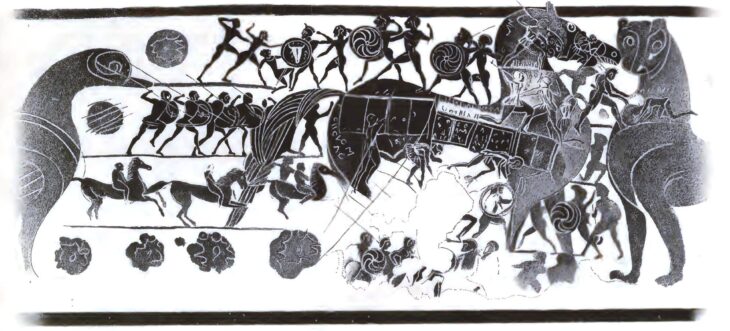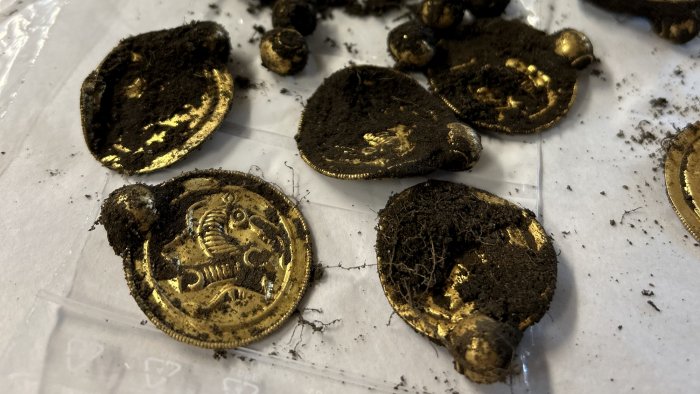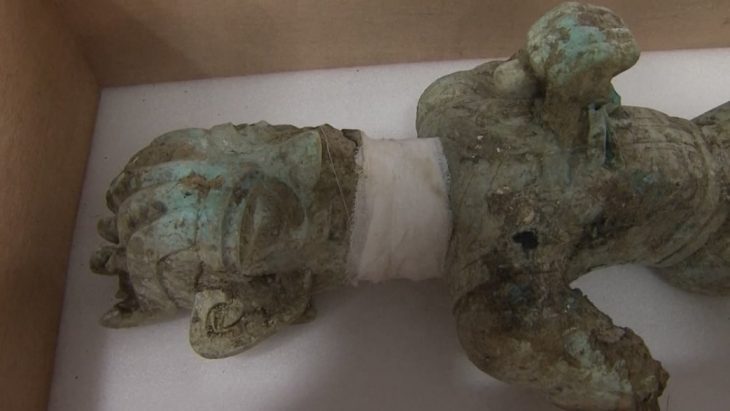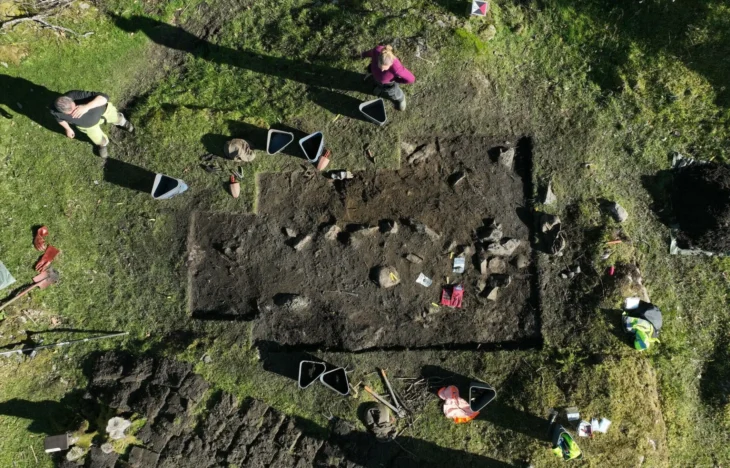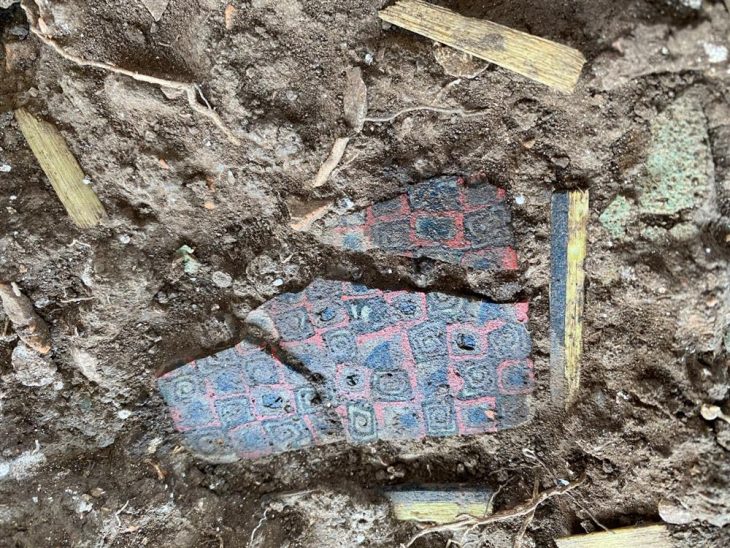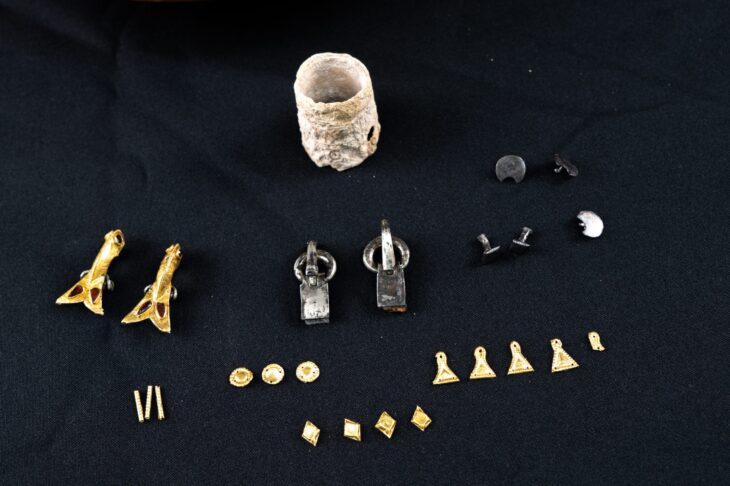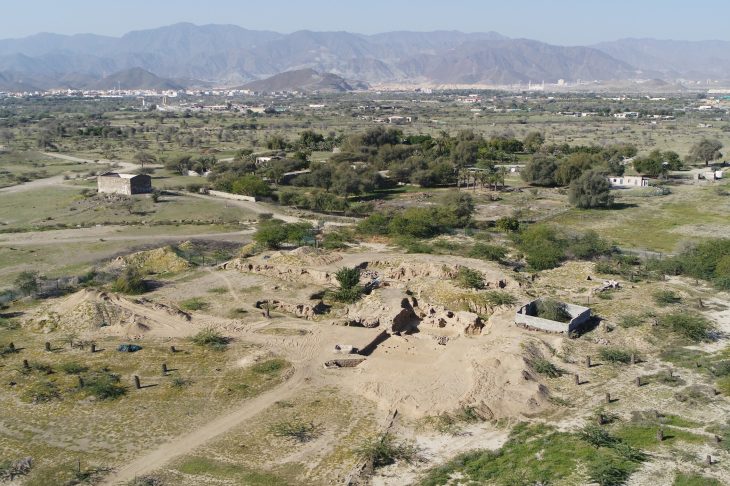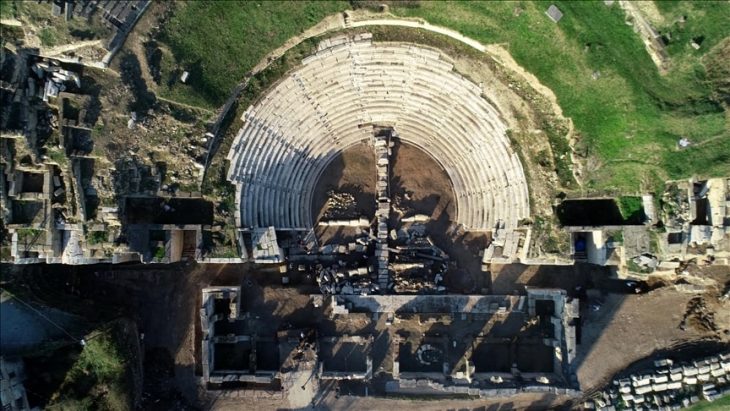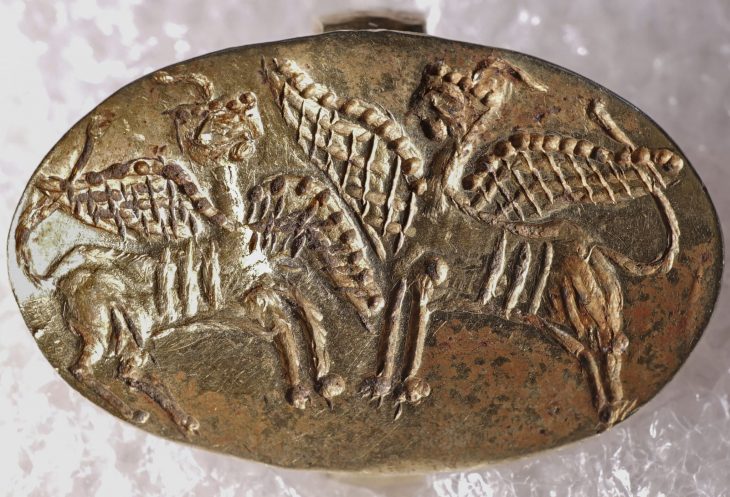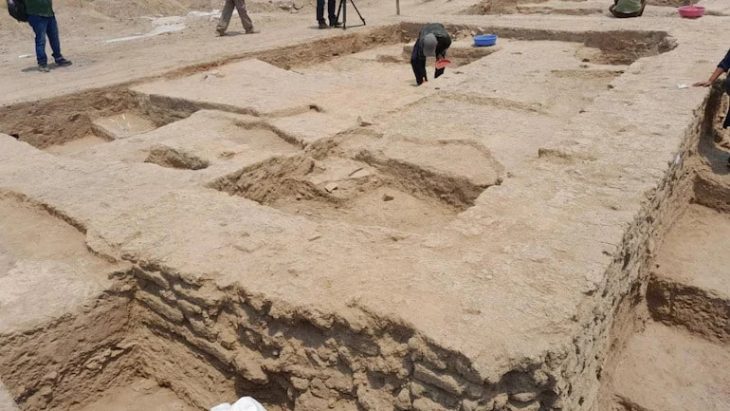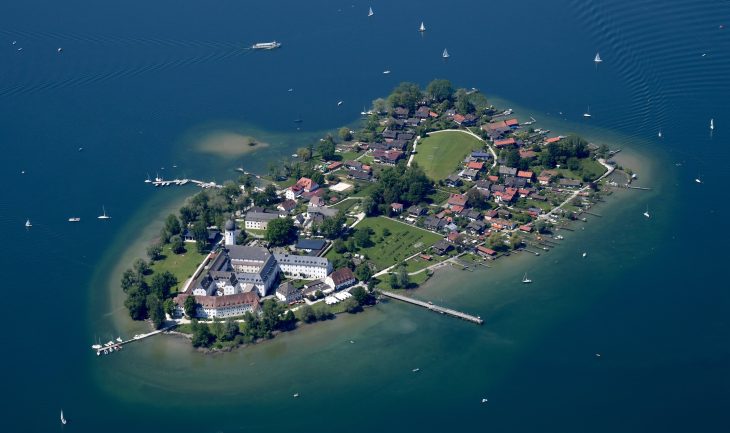The first in-depth analysis of the cargo of a 4th-century Roman shipwreck found off the coast of Mallorca in 2019 allowed the detection of a new type of amphora.
Due to the exceptional preservation of its hull and cargo, the shipwreck Ses Fontanelles, which was accidentally found close to one of the busiest tourist beaches on the island, has proven to be a remarkable discovery.
The shipwreck was discovered 65 meters from the coast of a tourist beach near Mallorca’s capital of Palma.
Researchers took a multipronged approach to the analysis, using petrographic analysis to determine the origin of the amphorae, residue analysis to determine their contents, and wood and plant analysis on the ship’s hold.
Researchers discovered a collection of ceramic objects, primarily amphorae, used to store and transport various items within the ship’s cargo area. The initial study of the materials recovered from the first excavations allowed for the classification of ceramic finds primarily amphorae.
According to the petrographic examination of the amphorae, the ship most likely sailed from the Cartagena region, which is located in the Iberian Peninsula’s southeast.
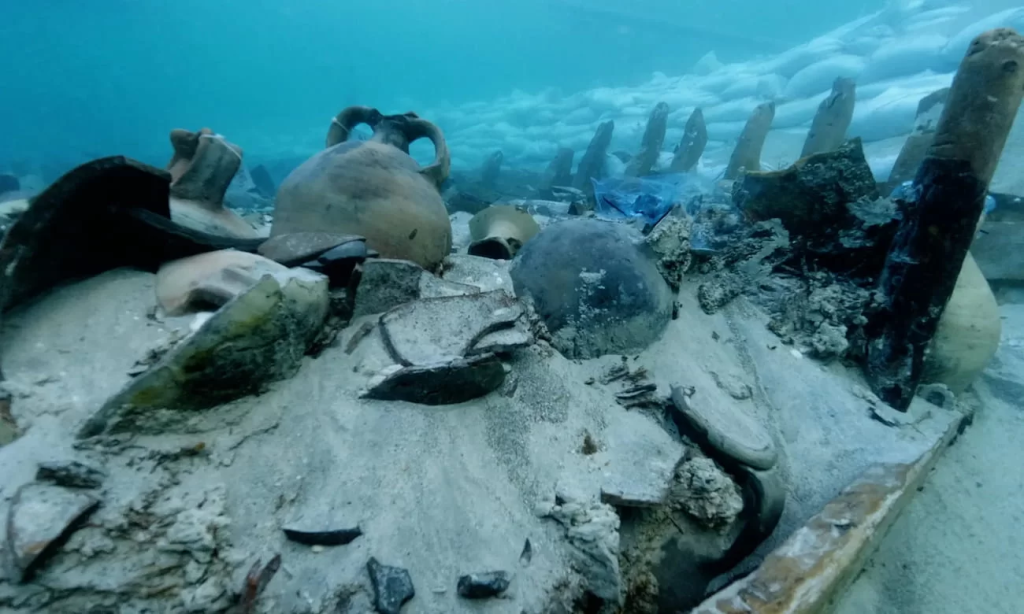
They were able to determine that the boat likely departed carrying a cargo of fish sauce, olive oil, and wine in four different types of amphora, including one that hasn’t been found anywhere else before. It has been named a Ses Fontanelles I amphora after the find site.
A significant discovery from the study is the recognition of a new kind of amphora, only found in this wreck. The newly identified amphora is larger and heavier than others, and it was mainly used for transporting plant oil.
The recovered amphorae from the shipwreck have painted inscriptions called tituli picti, which give important details about where the items came from, what they were, and who owned them. These inscriptions tell us that the makers of the amphorae were Ausonius et Alunni.
At the time this ship was transporting goods, liquamen was a fish sauce distinct from garum, the fermented fish condiment that was ubiquitous in Roman repasts. (From the 5th century the two would become synonymous.)
The analysis suggests that this fish sauce was mainly made from anchovies (Engraulis encrasicolus), with some sardines occasionally mixed in.
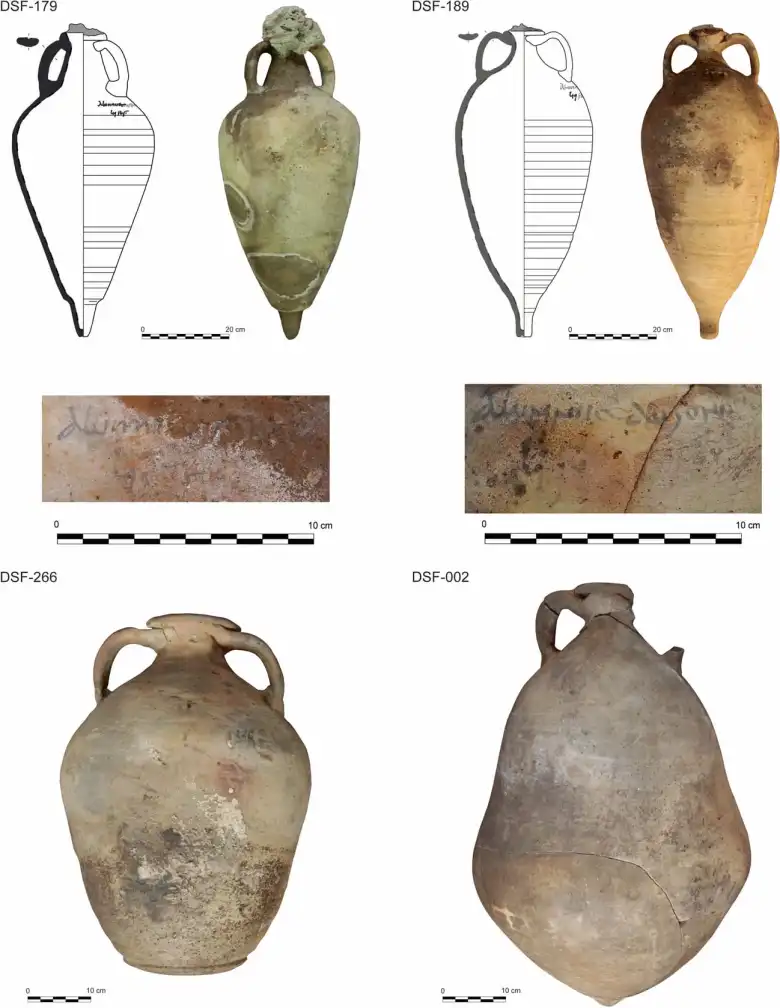
On the other hand, organic residue analysis provides information on the contents of the various amphorae. Some show evidence of animal products, possibly related to the fish sauce, but also of grape derivatives, which could have been used as a condiment. The flat-bottomed amphorae, for their part, contained traces of vegetable oil, and in one case, even olives preserved in a grape-based substance.
The materials that went into making the ship’s hull were carefully scrutinized. Harder woods such as juniper, olive, and laurel were used for assembly, while pine was used for the main parts. Vine branches and other plants were used as filler and to protect the cargo during the voyage.
With its exceptional preservation of the hull and cargo and the previously mentioned painted inscriptions on the amphorae, this shipwreck stands out among other finds in the Mediterranean and offers important insights into the dynamics of the Late Antiquity trade.
doi.org/10.1007/s12520-024-01952-3
Cover Photo: Ses Fontanelles I, a new type of amphora from the Roman shipwreck. Archaeological and Anthropological Sciences / CC BY 4.0

